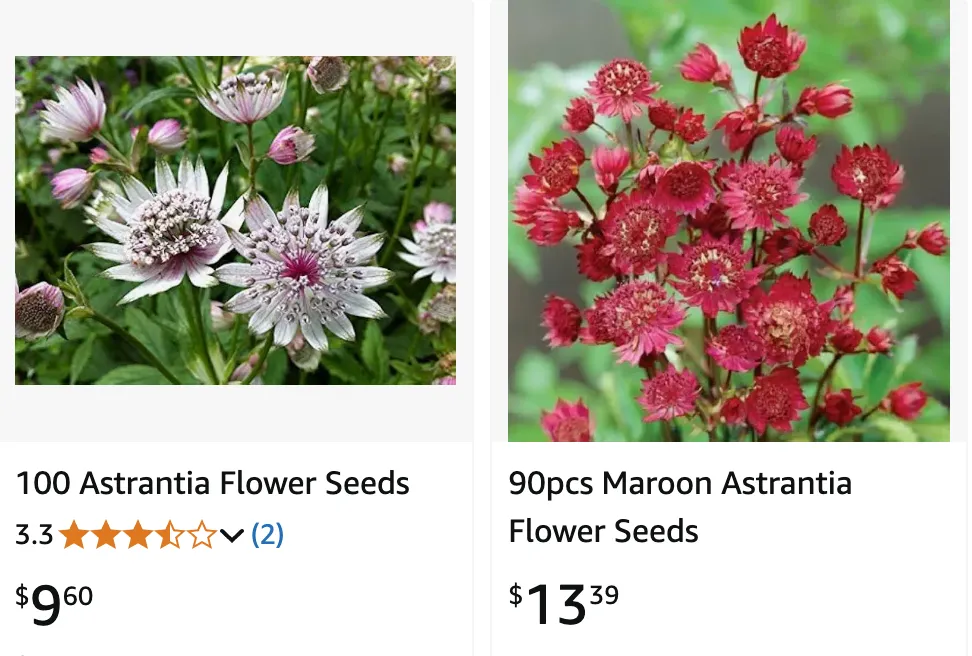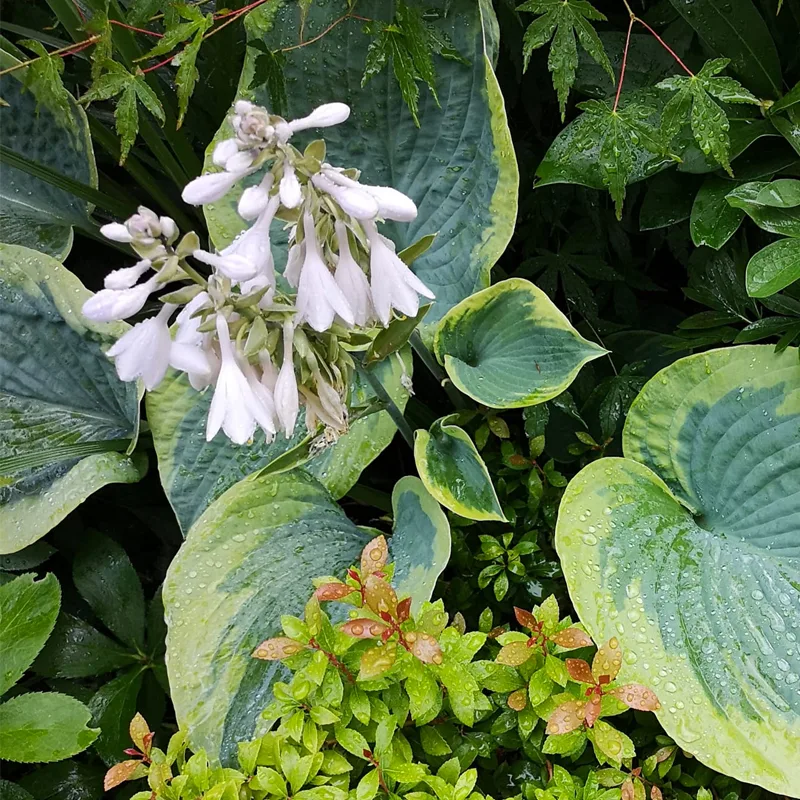
November 27 – Astrantia
"Astrantia, the masterwort, defines November 27."
Astrantia symbolizes protection and balance. You offer stability and care, creating a sense of safety for those around you. Like its intricate blooms, your wisdom and guidance are profound.
Astrantia: A Gardener’s Delight
I’ve always been drawn to the subtle charm of the Astrantia. It’s not a flower that screams for attention with flashy blooms. Instead, it whispers elegance with its intricate, star-shaped flowers and understated colors. As a gardener and plant enthusiast, I find the genus endlessly fascinating.
Astrantia, commonly known as masterwort, belongs to the Apiaceae family, which also includes carrots and parsley. Native to Central and Eastern Europe, these herbaceous perennials have captured the hearts of gardeners worldwide with their unique beauty and resilience.
A Closer Look at Astrantia
What sets Astrantia apart is the structure of its blooms. The true flowers are tiny and clustered together, forming a dome-like center. Surrounding this center are bracts, often mistaken for petals, which give the flower its distinctive star shape. These bracts come in a range of colors, from pure white and soft pinks to deep reds and even greens. The foliage is equally attractive, with deeply lobed, dark green leaves that provide a lovely backdrop for the flowers.
Species in Astrantia
While Astrantia major is the most common species, the genus boasts several others, each with its own unique characteristics:
- Astrantia bavarica – Native to the Bavarian Alps, this species is known for its delicate, white, star-shaped flowers.
- Astrantia carniolica – Found in the Balkans, it has uniquely greenish-white flowers with a hint of pink and deeply divided leaves.
- Astrantia colchica – A rare species from the Caucasus with small, pale green flower clusters surrounded by narrow bracts.
- Astrantia major – The most well-known Astrantia, with striking, papery bracts around clusters of pink or white flowers, often grown in gardens. Plant FAQs: Astrantia Major – Masterwort
- Astrantia maxima – Known as the “largest” Astrantia, this species produces soft pink blooms and is native to the Caucasus.
- Astrantia minor – A smaller species with delicate, whitish-pink flowers, commonly found in the European mountains.
- Astrantia ossica – This Caucasian native bears clusters of tiny, white flowers with a hint of green, set against narrow bracts.
- Astrantia pauciflora – A rare species with sparse flowering and a subtle pinkish hue to its small, clustered blooms.
- Astrantia pontica – Endemic to the Caucasus region, it has clusters of white or green-tinted flowers with narrow, pale bracts.
- Astrantia trifida – Known for its unusual three-parted leaves, this species has tiny white or greenish flowers grouped in modest clusters.
Cultivating Astrantia
One of the reasons I adore Astrantia is its ease of cultivation. These plants are relatively low-maintenance and thrive in a variety of conditions. Here are a few tips for successful Astrantia cultivation:
- Planting: Astrantia prefers moist, well-drained soil and partial shade, although it can tolerate full sun in cooler climates. Spring or fall is the ideal time for planting.
- Watering: Regular watering is essential, especially during dry spells. However, avoid overwatering, as this can lead to root rot.
- Fertilizing: While not strictly necessary, a light application of fertilizer in spring can encourage healthy growth and abundant blooms.
- Deadheading: Removing spent flower heads can prolong the blooming period and prevent self-seeding.
- Dividing: Every few years, clumps can be divided in spring or fall to maintain vigor and increase your stock.
Astrantia in the Garden
Astrantia’s versatility is another reason for its popularity. It’s a perfect addition to cottage gardens, woodland gardens, and even formal borders. The flowers blend beautifully with other perennials, such as roses, geraniums, and grasses. They also make excellent cut flowers, adding a touch of elegance to any arrangement.
I personally love using Astrantia in my garden to create a sense of naturalized beauty. Its subtle colors and delicate forms complement the surrounding plants without overpowering them. The long blooming period, from early summer to fall, ensures continuous interest in the garden.
Beyond the Garden
Astrantia’s appeal extends beyond its ornamental value. Historically, the plant was used for medicinal purposes, and its roots were believed to have healing properties. While not widely used today, it’s a reminder of the plant’s rich history and connection to human well-being.
In conclusion, Astrantia is a true gem in the gardening world. Its unique beauty, ease of cultivation, and versatility make it a favorite among both novice and experienced gardeners. Whether you’re looking to add a touch of elegance to your borders or create a naturalized meadow, Astrantia is a plant that will undoubtedly bring joy and beauty to your garden for years to come.
If i die, water my plants!



